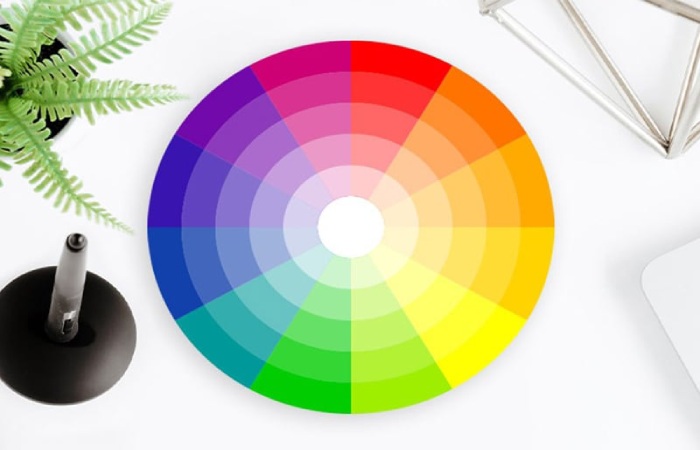Primary:Z0uui3mks-8= Secondary:Iz4bva1cl1o= Color Wheel – A color wheel is an outline of color hues around a circle that presents the relation between arrival tint shade etc Color wheel is illustrative in nature.
Structurally, color wheel comes in two types. Artists use the RYB or the red, yellow and blue color wheel, this wheel is particularly helpful when mixing paint. The next one is kind of RGB or red, green, and blue color wheel. And this one is specifically for the internet use because it is related to the work with light, like with a computer or TV. Currently, Canva uses an RGB color wheel since its products are intended for online applications.
Primary, Secondary and Tertiary Colors

Traditionally the are twelve basic color attributes of the color wheel. In the RGB color circle, these colours are red, orange, yellow, Chartreuse yellow, green, dark green, cyan, sky blue, blue, purple, magenta, and rose.
This is because color wheel can be categorized as a primary color wheel, secondary color wheel and tertiary color wheel.
Primary colors in the RGB color circle are the colors that if mixed make up white light. These are the colours, namely red, green and blue.
As for the RYB color wheel, the primary colors are colors that can not be obtained with others. There are three primary colors: colours as red, yellow and blue.
Secondary colours are colours that are obtained by the combination of two primary colours. There are three secondary colours. In the RGB color wheel these are cyan, magenta and yellow. In the color wheel, if you combine the light shade, the combination of red and green yields yellow, green and blue gives cyan and blue and red gives magenta.
The secondary food colours in the RYB colour wheel include purple which is derivative of blue and red, orange from red and yellow and green produced from a blend of yellow and blue.
Tertiary colors are the combination of secondary color and primary color. The following are six tertiary colors; In the RGB color wheel they include orange, chartreuse yellow green, spring green, azure, violet, and rose.
On the RYB colour wheel these tertiary colours include: Red-Orange, Yellow-Orange, Yellow-Green, Blue-Green, Blue-Violet and Red-Violet.
Warm and cool colors
On the basis of the color wheel it is also possible to distinguish warm and cool colors. It is also possible to define the warmth or coolness of a certain color as the color temperature. There are always harmonies of warm and cool colors that one may find when getting on with a color wheel. To list few, color psychology defines that color temperature which gives us different kinds of feelings. For instance, warm colors are thought to remind one of warmth as well as energy while cool colors give a feeling of calmness as well as solitude.
The warm colors are the colors ranging from red through those of orange to yellow. These colors are said to create an association, as of heat to the sun kind of thing.
Cool color are those color which ranges from blue color, green color and purple color. These colours are supposed to make the viewer think of cool things like water.
Color Wheels and Paint Color Mixing
Color mixed in pigment contains no direct proportion, and the intensity of the color differing from medium to medium. The psychophysical color circle makes it is possible to produce the exact hue of any matching of two colored light sources based on their brightness and the wavelength of the two matched lights. With two paints, one cannot carry out this calculation in a similar manner. As such, thus a painter does not compute colour fractions on a colour wheel. It is only a diagnostic tool to compare existing colours rather than predicting exact colours of compounded unit. For this reason, color wheels can be made in accordance to the type of paint or medium being used, and many artists have their personal color wheels. These often include only blocks of color instead of tone shading as in the circle of color
Conclusion of Primary:Z0uui3mks-8= Secondary:Iz4bva1cl1o= Color Wheel
Now that we’ve identified the 12 main colors in the traditional color wheel, let’s get real: Choosing color combinations, especially on a computer, involves a much wider range than a dozen basic colors. The color wheel is a circle graph that charts each primary, secondary. And tertiary color, as well as their respective hues, tints, tones, and shades.

